Sheet Vinyl Flooring Buying Guide
There’s a lot of confusion out there about what exactly sheet vinyl flooring is. After all, isn’t that the cheap flooring your grandma had in their kitchen? You know the stuff. The yellowing thin sheet flooring with fake grout lines and all.
Fortunately, that’s not what we’re talking about. You’re thinking of linoleum.
Vinyl sheet flooring is a lot different than the linoleum and vinyl sheet flooring of yesteryear. It’s actually a highly durable, multi-layer flooring that’s great for high traffic and commercial areas. It also looks a lot different than the vinyl sheet flooring from the old days.
These days, sheet vinyl comes in a variety of different looks: wood, stone, tile, and even more decorative looks. There’s a ton to choose from.
Considering vinyl flooring? Let’s take a closer look.
What is Sheet Vinyl Flooring?
With all the misconceptions, I sometimes wonder if it would be easier to describe what it’s not first. Sheet vinyl flooring is not linoleum. It’s also not the sheet vinyl from the 1950s. It’s a lot different than that!
Take a quick look at our video about linoleum versus vinyl flooring:
Now, let’s talk about what vinyl sheet flooring is.
It’s a multi-layer, durable flooring that’s highly inexpensive. It’s easy to clean, modern, and a higher quality than the old stuff. It can also be installed on any level of the home, depending on the installation type.
The most popular type of vinyl sheet flooring contains a fiberglass layer that lays the sheet flat and keeps it from curling. This fiberglass layer allows sheet vinyl to be installed using double-sided adhesive tape instead of a difficult glue down installation.
Sheet vinyl flooring also contains both a wear layer and a top coat to protect it from scuffs and scratches, much like vinyl planks and tiles.
| Related Content >> Best Vinyl Sheet Flooring Options |
Vinyl Sheet Flooring Wear Layer
Why is the wear layer important? Well, it’s what protects your vinyl sheet flooring from surface scratches. Think of the wear layer like a bodyguard. You probably want a pretty beefy bodyguard to protect you, right? The same goes for a wear layer; the thicker the wear layer, the more protection for your vinyl sheet flooring.
If you’re using sheet vinyl flooring in a low-traffic area, you might not need the thickest wear layer. However, if you’re installing sheet vinyl in a high traffic or commercial setting, you probably want an extra thick wear layer.
Take a look at our wear layer options:
| Related Content >> Vinyl Plank Flooring Buying Guide |
Vinyl Sheet Flooring Width
When you’re dealing with vinyl sheet flooring, the width of the actual sheet is pretty important. Knowing the width you want can help save you time and money.
One of the more difficult parts of installing vinyl sheet is making the right cuts to minimize seams and minimize waste. You don’t want to get the biggest width possible for a narrow hallway and you also wouldn’t want to get a narrow width to cover a large square room. The most common width is 12’.
Before you shop, take some measurements and give us a call. We can help figure out the best width for your space.
Vinyl Sheet Backing
This is the backbone of your flooring and provides a strong foundation. Backing helps to keep your floor strong and resistant to cracking or curling. Some backing layers available are fiberglass, felt, foam, and vinyl.
Vinyl flooring with a fiberglass core or backing will lay flat and won’t curl up at the edges. That means it can be installed with the loose lay or modified loose lay method.
With a flexible backing like foam, there’s an extra level of comfort that makes it easier on your joints. There is also felt backed vinyl, which is very soft and comfortable. Both foam-back and felt-back vinyl will curl on the ends unless it is glued down permanently.
A vinyl sheet with vinyl backing means the entire sheet is homogeneous vinyl, which ensures high performance and durability. This kind of vinyl is typically found in high-traffic commercial spacies. Homogeneous vinyl typically needs to be glued down.
Here are our backing options:
Styles of Sheet Vinyl Flooring
Style is probably the most important part of the shopping process. After all, you can pick the right wear layer and the right width, but it’s no good if you hate the look! Luckily, we have a ton of options for vinyl sheet flooring.
Wood-Look Sheet Vinyl
Let’s be honest, everyone wants wood flooring in their home or commercial space. Wood does give rooms a high-end, old-school charm. However, real wood is super finicky and requires a ton of upkeep to keep it looking its best.
This is where sheet vinyl comes in. Do you want a modern wood floor without all the hassle? We have gray flooring, textured looks, and light wood flooring. Basically, we have a lot of wood-look vinyl sheets; just take a look!
| Related Content >> Vinyl Flooring FAQ |
Stone-Look Sheet Vinyl
Stone and tile sheet vinyl is also extremely popular. Some people really love their bathrooms or kitchens to have the stone look, and you can achieve that with a vinyl sheet.
Concrete, travertine, and even marble looks are available with stone-look vinyl sheets. From a vintage hexagonal tile pattern, to a classic square tile, there are a wide range of stone looks in sheet vinyl.
| Related Content >> Vinyl Flooring Myths |
Tile-Look Sheet Vinyl
Do you love the trendy look of ceramic tile, but you don’t love the price tag? Ceramic look vinyl is perfect for you. Products come in popular tile patterns like hexagons and basket weaves, and some even have realistic grout line textures.
With the ease of sheet vinyl and the stunning looks of ceramic tile flooring, there’s no way you can go wrong with ceramic-look vinyl.
Decorative Sheet Vinyl
Sometimes a room’s style calls for something more than mimicking natural looks. That’s when decorative vinyl can shine, with geometric patterns, black and white checkerboard, and so much more.
For the most creative looks for your space, decorative vinyl offers unique patterns and color combinations. It’s easy to let your own personal style shine through with decorative patterns.
Installing Sheet Vinyl Flooring
It is impressively simple to DIY install sheet vinyl in your residential space, but before you jump into any installation project, it’s a good idea to understand the options for installation methods.
There are two main types of installation methods for sheet vinyl flooring: modified loose lay and glue down. Every space is different and one installation might work better than other installation types. You’ll see that a modified loose lay is a lot different than a glue down installation.
Loose Lay
Fiberglass vinyl sheets can be installed in a “loose lay” fashion. That means the entire sheet does not need to be glued down. There are a few scenarios where you might choose this installation. If you desire a more temporary flooring, are installing in a low traffic area, or are considering DIY installing vinyl sheet flooring, then the loose lay method is right for you.
Here are the basic steps for loose laying vinyl sheets. However, you should always follow the manufacturer’s instructions:
Unroll the vinyl sheet into the room you’re installing in. Line up any seams and make sure the sheet is properly square to the room.
- Let the sheet acclimate for 24 hours before cutting it to fit the room. Then spread the sheet out so it’s square to the room.
- Use a sharp utility knife to cut around walls and obstructions, leaving a 1/8” – 1/4” gap so it lies flat without any bunching up or pinching. Cut straight edges using a ruler as a guide.
- For a modified loose lay installation, double-sided tape is used around the edges and under seams of the vinyl sheet. This secures it in place.
Note: There can only be one major seam with this method. If you have a larger space that requires multiple seams, you will need to use a fully adhered installation method.
This installation is also not great for high-traffic areas. Even with tape, it’s not fully secure. For the best results, really high-traffic installations need to be glued down.
Glue Down
This type of installation is used on fiberglass vinyl sheets, but also other types of vinyl sheets. It’s more of the traditional installation method, and it’s more permanent and stable than the loose lay method.
With this type of installation, a solvent-free, acrylic adhesive is spread over the subfloor and the vinyl sheet is placed over it- carefully avoiding trapped air. Make sure to follow the install instructions on the glue you choose.
Here are the steps for gluing down vinyl sheets. While these are the general steps, you should always follow the manufacturer’s instructions:
- Start with a subfloor that is smooth, clean, and porous enough to bond with the adhesive.
- Roll out the sheet and cut it to size. Leave a 1/8” – 1/4” gap around the edges of the sheet and any vertical surfaces.
- Once the sheet is fully spread out, roll back half to reveal the subfloor.
- Spread the adhesive and roll the sheet back over it, making sure to avoid air bubbles.
- Firmly push the sheet into the glue using a weighted roller. Work outward toward the edges to embed the flooring and remove trapped air.
- Once the first half of the sheet is fully glued down, repeat the process with the second half.
- For a removable and resealable bond, apply the adhesive in a thin layer and allow it to dry some before laying down and flattening the sheet.
Note: A glue down installation is the best for high-traffic or commercial installations.
| Related Content >> Vinyl Flooring Installation Cost Guide |
Sheet Vinyl Flooring FAQ
How do I clean sheet vinyl flooring?
You can clean sheet vinyl flooring by sweeping and vacuuming any loose crumbs, dirt, or debris from the flooring as necessary. Use a light damp mop to remove any spills or stains as necessary. Be sure to clean up any spills immediately to prevent staining or discoloration.
Can I install sheet vinyl flooring myself?
You can easily install vinyl sheets yourself using the loose lay method. This easy DIY method is simple, and doesn’t require a lot of specialized tools or materials. If you intend to loose lay or tape down a vinyl sheet, you shouldn’t have any problem installing it yourself.
Where can I install sheet vinyl flooring?
Sheet vinyl flooring can be installed basically anywhere you have a level subfloor. It can be installed even over some flooring! Feel free to install sheet vinyl flooring in kitchens, living rooms, bedrooms, basements, and even bathrooms.
Conclusion
By now, you probably have a good idea about whether or not sheet vinyl flooring is right for you. Luckily, you have many vinyl choices to choose from!
Ready to shop?


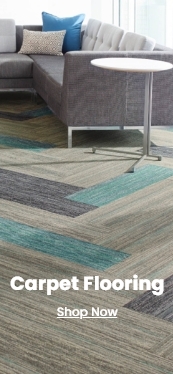
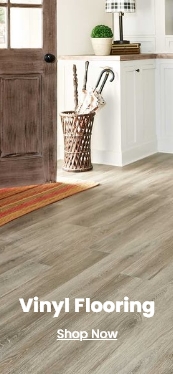



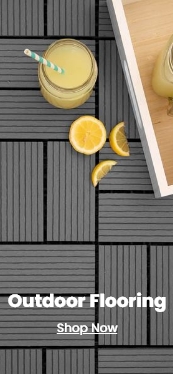
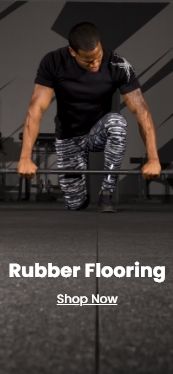
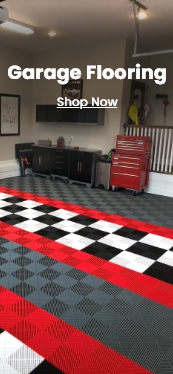
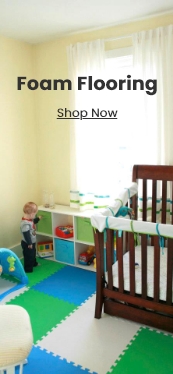

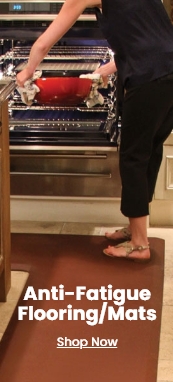

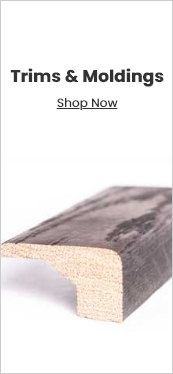
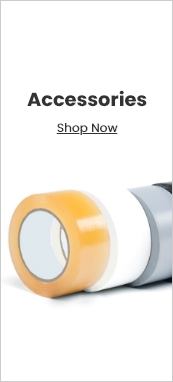

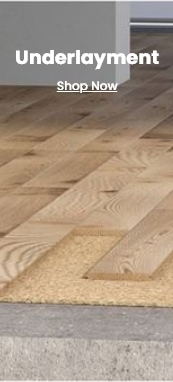
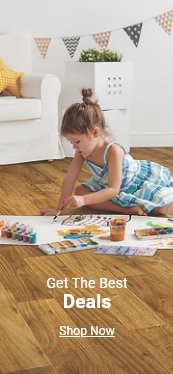
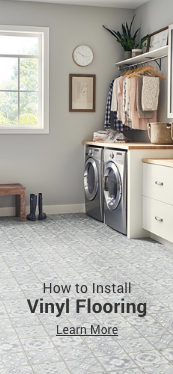
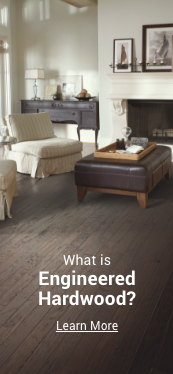
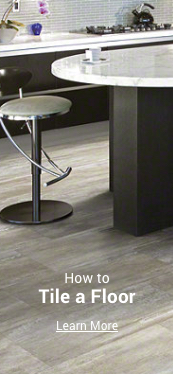
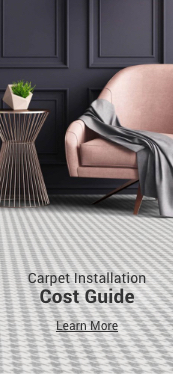
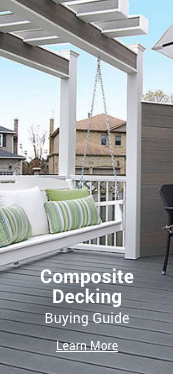

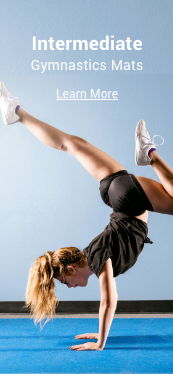
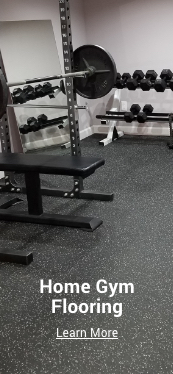
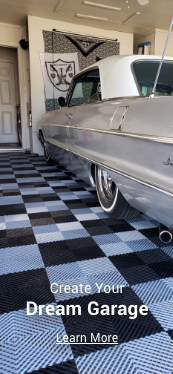
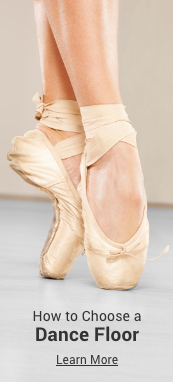
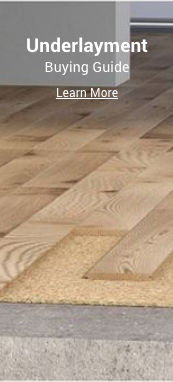




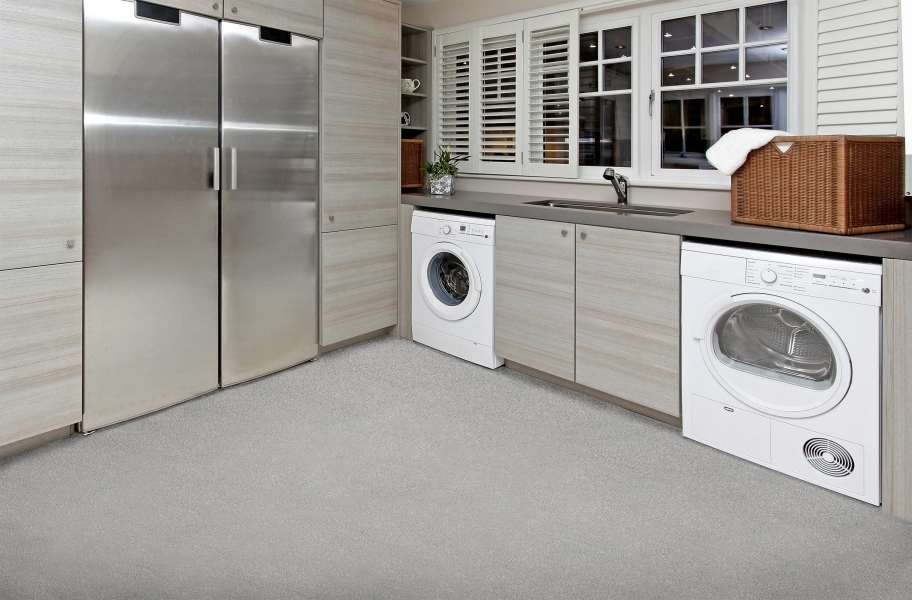

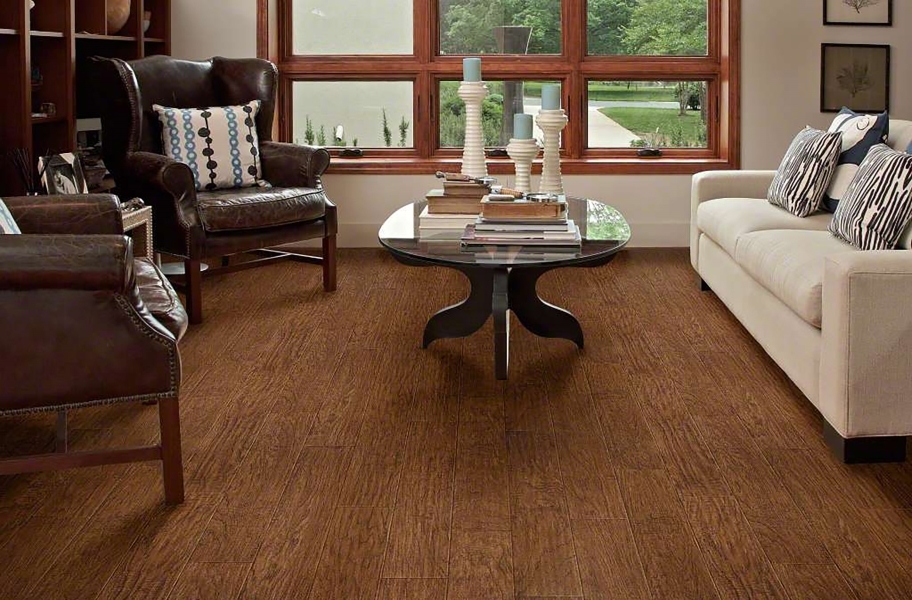
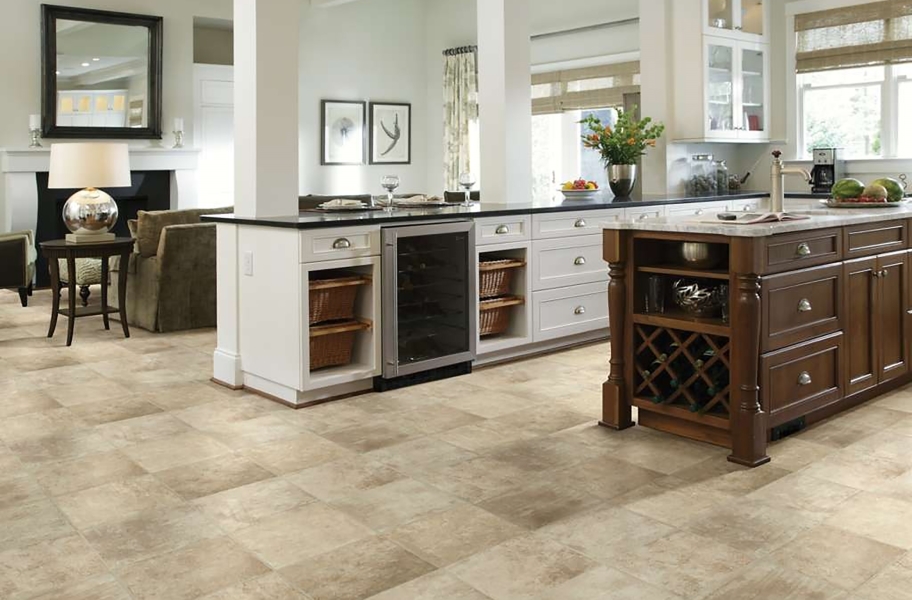




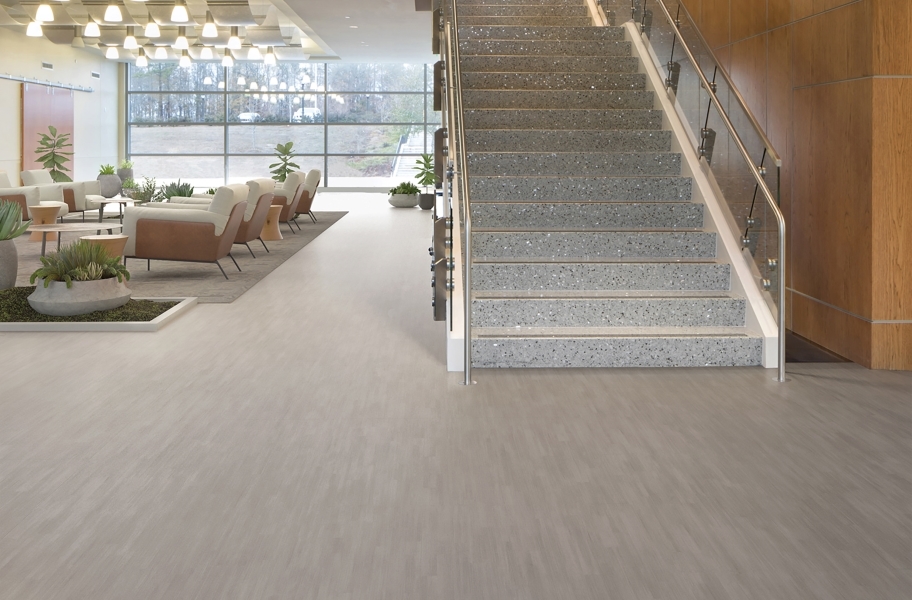

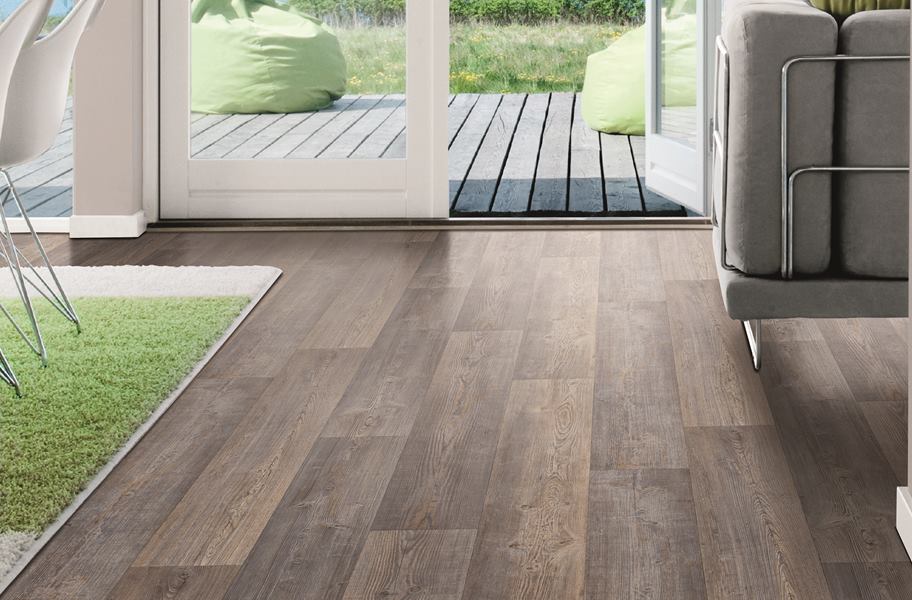
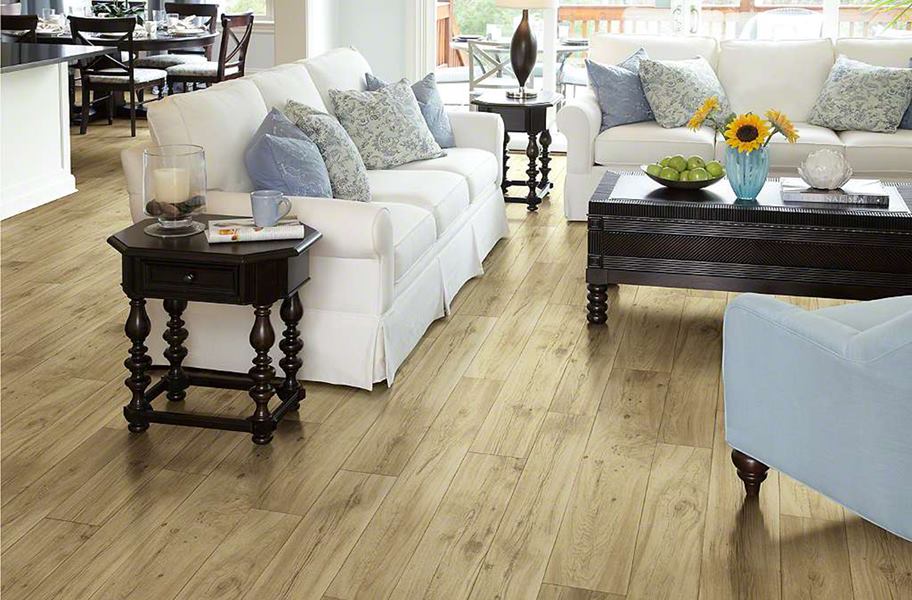
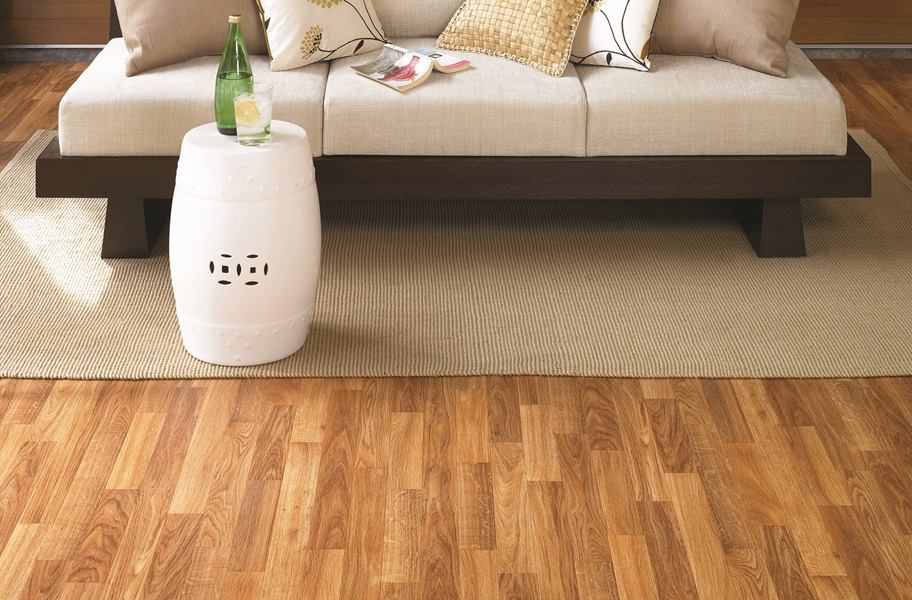
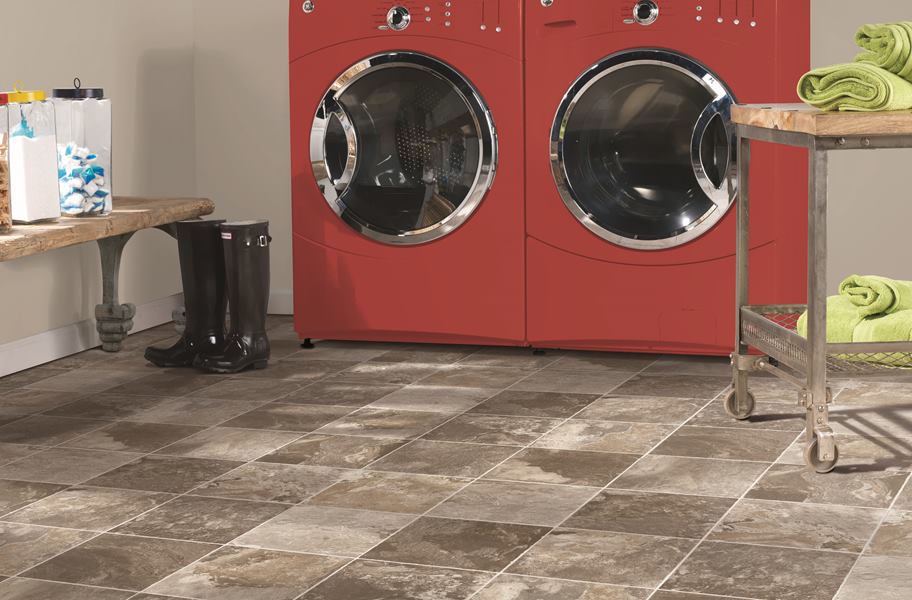
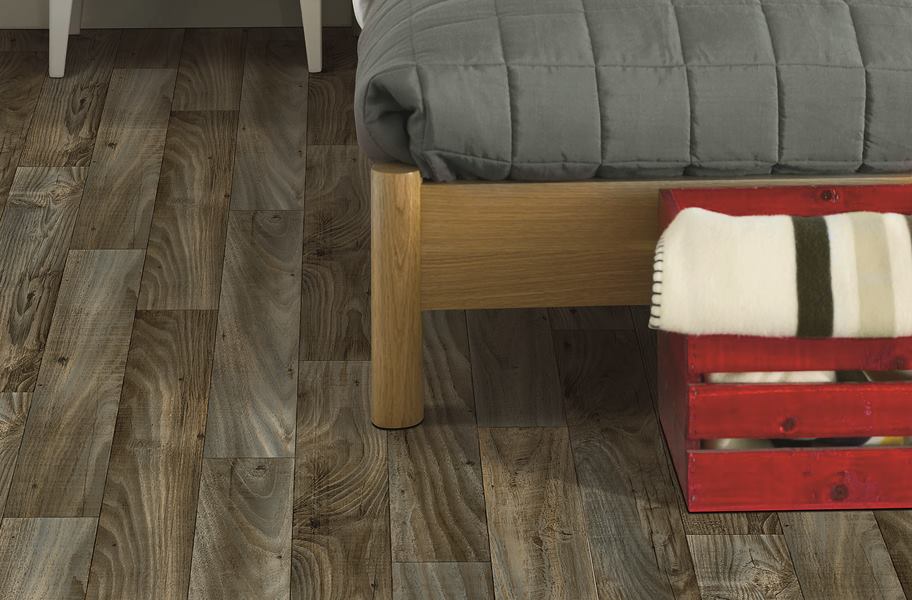


My wife and I have been wanting to install vinyl flooring in our home for a few years. Until I read your article, I had no idea how many different variations of vinyl flooring there are. This guide is going to be very helpful to us while we continue to look for the perfect fit.
Hi Dean, great to hear that this was helpful! Good luck with your project, and please let us know if we can help with your flooring needs.